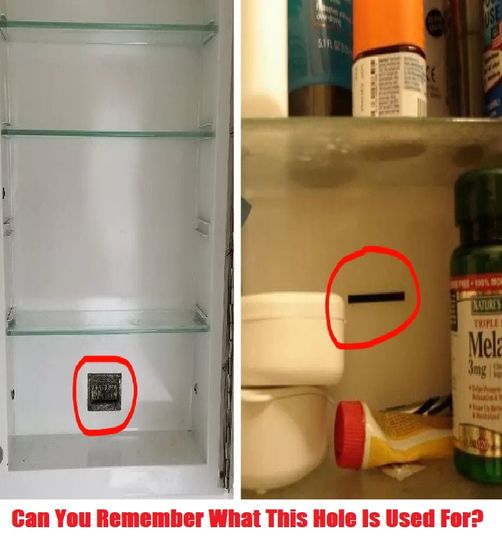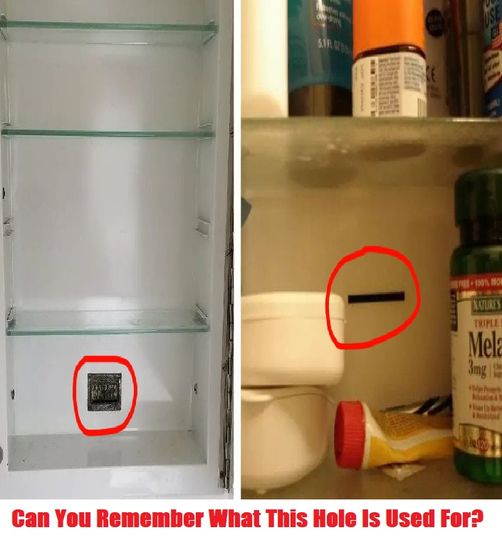In the realm of home renovations, especially those involving properties constructed in the early to mid-20th century, enthusiasts often encounter intriguing architectural features that reflect the lifestyle and practices of bygone eras. One such feature is the narrow slit found in the back of vintage medicine cabinets. At first glance, this unassuming opening may seem puzzling, but it holds a fascinating history tied to the daily routines of the past.

The Historical Context of the Medicine Cabinet Slit
During the early 1900s, safety and hygiene were paramount concerns in household design. The introduction of disposable razor blades revolutionized personal grooming, offering a convenient alternative to traditional straight razors. However, these blades presented a disposal challenge due to their sharpness and potential hazard. To address this, manufacturers ingeniously incorporated a disposal slot into the design of medicine cabinets. This slit allowed users to safely discard used blades by dropping them into the wall cavity behind the cabinet, effectively removing the risk of accidental cuts from loose blades in the trash.
The Disposal Process and Its Implications
When a razor blade became dull, the user would simply insert it into the slit, where it would fall into the hollow space between the wall studs. Over time, these blades accumulated unseen within the walls. This method was both practical and safe, as it kept sharp objects out of reach, especially from children. However, it also meant that walls could harbor decades’ worth of blades, unbeknownst to homeowners.
Modern-Day Discoveries and Renovation Surprises
Today, as homeowners and contractors renovate older properties, they occasionally uncover caches of these discarded blades. Such discoveries serve as tangible links to past practices and highlight the evolution of household safety measures. While the sight of numerous rusted blades may be startling, it offers a unique glimpse into the daily lives of previous occupants and the design considerations of their time.
The Evolution of Razor Blade Disposal
The practice of disposing of blades into wall cavities declined with advancements in blade design and the introduction of safer disposal methods. Modern razors often feature built-in blade storage or come with designated disposal containers, reflecting a shift towards more sustainable and health-conscious practices. Additionally, contemporary building codes and waste management regulations discourage the accumulation of hazardous materials within structural components.
Preserving Historical Features in Modern Homes
For those restoring vintage homes, understanding the purpose of features like the medicine cabinet slit adds depth to the renovation process. Some choose to preserve these elements as historical artifacts, while others may opt to seal them for safety reasons. Regardless, acknowledging and respecting these design choices offers a connection to the ingenuity and daily life of past generations.
Conclusion
The slit in vintage medicine cabinets is more than a curious architectural detail; it represents a thoughtful solution to a common household challenge of its time. As we modernize and renovate, recognizing the significance of such features enriches our appreciation of historical design and the continuous evolution of domestic safety practices.

